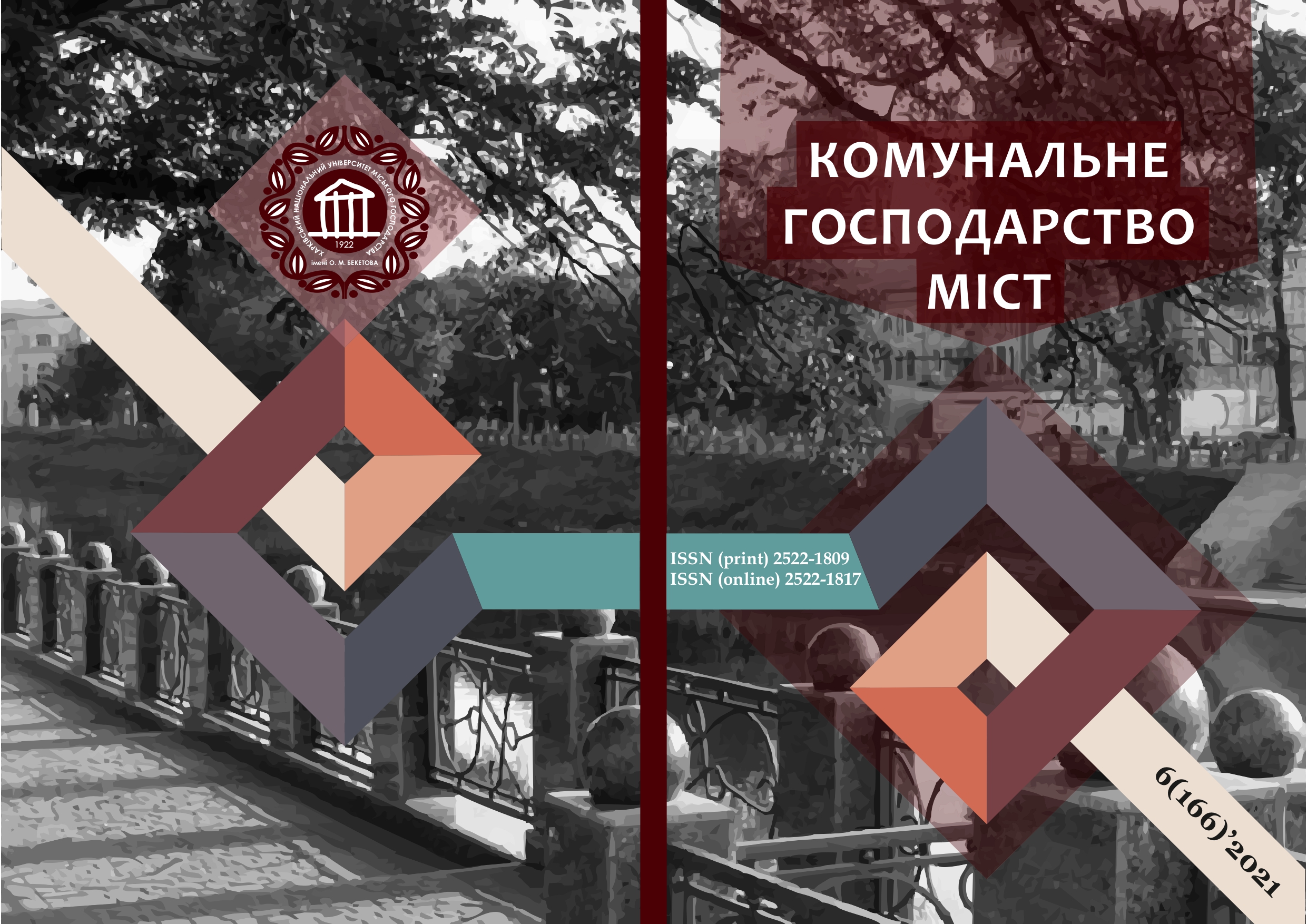URBAN ENVIRONMENTAL DESIGN STRATEGIES DURING THE COVID-19 PANDEMIC
Array
Keywords:
COVID-19, design environment, urban planning, approaches, principles.Abstract
The article indicates that from the beginning of the COVID-19 crisis, the scientific community has been continuously trying to assess the virus, its socio-environmental impacts, regulatory/adaptation policies, and plans. The emergency is to develop pandemic-resilient city planning and management in order to tackle the infectious diseases during COVID-19. Such development includes the reframing of unsustainable urban patterns, hazards, and social inequalities to be prepared for the emerging cases. In this study, we focus on the assessment of disaster risk management (DRM), which will help to develop pandemic-resilient urban strategies (response, mitigation, and preparedness phase) through analyzing previously published literature. The article presents the Short- and long-term recommendations for pandemic resilience urban planning and design have also been provided. In the response phase, implementation of the smart and resilient city design and policies has been highlighted to identify disease transmission. In the mitigation phase, new technological approaches can be adopted for better management of present and future pandemics. The physical (urban access, infrastructure, environmental factors, and land use patterns) and non-physical (socio-cultural, governance, and economic factors) aspects of resilient urban strategies have been focused, which may help to develop understanding of health- and disaster-related risks in pandemic. In the preparedness phase, proactive measures such as capacity building of people toward any outbreak and different simulation processes (models of transmission pattern) can be adopted for future pandemics. We also discuss about the enhancement of urban resiliency in housing, public spaces, and cities that may bring the effective outcome of DRM framework to combat pandemic. The study focuses on the major lessons that can be adopted for post-pandemic urban resilient planning related to disaster management and climate change adaptation, preventing extensive challenges of sustainability apart. In the following months and years, it will be difficult to assess various changes to develop urban planning and design in the post-COVID-19 world. However, this study expresses the possibility of creating good opportunities for policymakers and city planners to undertake significant transformative and advanced actions during the three different phases of DRM. This study presents a novel approach to delineate the scope of DRM framework in achieving more resilient cities (RC) to tackle future pandemics. This study will also crucially help the planners and decision-makers in better assessing and addressing the strategic and resilient urban design and planning approach in future.
References
2. Allam, Z., and Jones, D.S. (2020). On the coronavirus (COVID-19) outbreak and the smart city network: universal data sharing standards coupled with artificial intelligence (AI) to benefit urban health monitoring and management. Healthcare (Basel), 8(1), 46. DOI: https://doi.org/10.3390/healthcare8010046
3. Bell, D. M., Weisfuse, I. B., Hernandez-Avila, M., Del Rio, C., Bustamante, X., and Rodier, G. (2009). Pandemic influenza as 21st century urban public health crisis. Emerging Infectious Diseases, 15(12), 1963–1969. DOI: https://dx.doi.org/10.3201%2Feid1512.091232
4. Duggal, R. (2020). Mumbai's struggles with public health crises from plague to COVID-19. Economic & Political Weekly, 55, 17–20. URL: https://www.epw.in/journal/2020/21/commentary/mumbais-struggles-public-health-crises.html
5. Kinsman, J., Angrén, J., Elgh, F., Furberg, M., Mosquera, P. A., and Otero-Garcia, L. (2018). Preparedness and response against diseases with epidemic potential in the European Union: a qualitative case study of Middle East Respiratory Syndrome (MERS) and poliomyelitis in five member states. BMC Health Serv Res, 18:528. DOI: https://dx.doi.org/10.1186%2Fs12913-018-3326-0
6. Kummitha, R., and Crutzen, N. (2017). How do we understand smart cities? An evolutionary perspective. Cities, 67, 43–52. DOI: http://dx.doi.org/10.1016/j.cities.2017.04.010
7. Lin, S., Qiao, Y., Huang, J., and Yan, N. (2020). Research on the influence of effective distance between cities on the cross-regional transmission of COVID-19. MedRxiv, 1, 1–22. DOI: https://doi.org/10.1101/2020.03.27.20044958
8. Lak, A., Hasankhan, F., and Garakani, S.A. (2020). Principles in practice: toward a conceptual framework for resilient urban design. J. Environ. Plan. Manag., 1, 1–33. DOI: https://doi.org/10.1080/09640568.2020.1714561
9. Mora, L., Bolici, R., and Deakin, M. (2017). The first two decades of smart-city research: a bibliometric analysis. Journal of Urban Technology, 24, 3–27. DOI: http://dx.doi.org/10.1080/10630732.2017.1285123
10. Sharifi, A. (2019). Resilient urban forms: a macro-scale analysis. Cities, 85, 1–14. DOI: http://dx.doi.org/10.1016/j.cities.2018.11.023
11. Tang, L., Bie, B., Park, S. E., and Zhi, D. (2018). Social media and outbreaks of emerging infectious diseases: a systematic review of literature. Am. J. Infect. Control, 46, 962–972. DOI: https://doi.org/10.1016/j.ajic.2018.02.010
12. Vaništa Lazarević, E., Keković, Z., and Antonić, B. (2019). In search of the principles of resilient urban design: implementability of the principles in the case of the cities in Serbia. Energy Build, 158, 1130–1138. DOI: https://doi.org/10.1016/j.enbuild.2017.11.005
13. Wade, L. (2020). An unequal blow. Science, 368, 700–703. DOI: https://doi.org/10.1126/science.368.6492.700
Downloads
Published
How to Cite
Issue
Section
License
The authors who publish in this collection agree with the following terms:
• The authors reserve the right to authorship of their work and give the magazine the right to first publish this work under the terms of license CC BY-NC-ND 4.0 (with the Designation of Authorship - Non-Commercial - Without Derivatives 4.0 International), which allows others to freely distribute the published work with a mandatory reference to the authors of the original work and the first publication of the work in this magazine.
• Authors have the right to make independent extra-exclusive work agreements in the form in which they were published by this magazine (for example, posting work in an electronic repository of an institution or publishing as part of a monograph), provided that the link to the first publication of the work in this journal is maintained. .
• Journal policy allows and encourages the publication of manuscripts on the Internet (for example, in institutions' repositories or on personal websites), both before the publication of this manuscript and during its editorial work, as it contributes to the emergence of productive scientific discussion and positively affects the efficiency and dynamics of the citation of the published work (see The Effect of Open Access).

